pwcguy
Full Member
- #1
Thread Owner
I bought this coin at a new store in town along with some others. I'm having some trouble identifying this one.  One of the other coins I bought turned out to be a fake.
One of the other coins I bought turned out to be a fake.  So I'm having doubts about this one.
So I'm having doubts about this one.
Sorry for the close up of the nasty fingers I've been cleaning relics.
 One of the other coins I bought turned out to be a fake.
One of the other coins I bought turned out to be a fake.  So I'm having doubts about this one.
So I'm having doubts about this one.Sorry for the close up of the nasty fingers I've been cleaning relics.




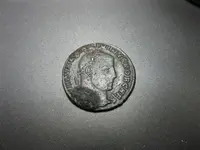
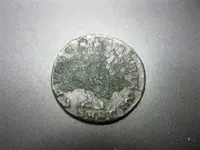
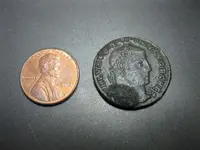
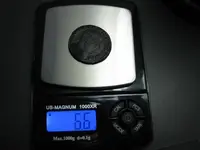
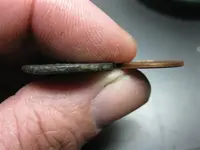
 can't tell from a picture
can't tell from a picture 

